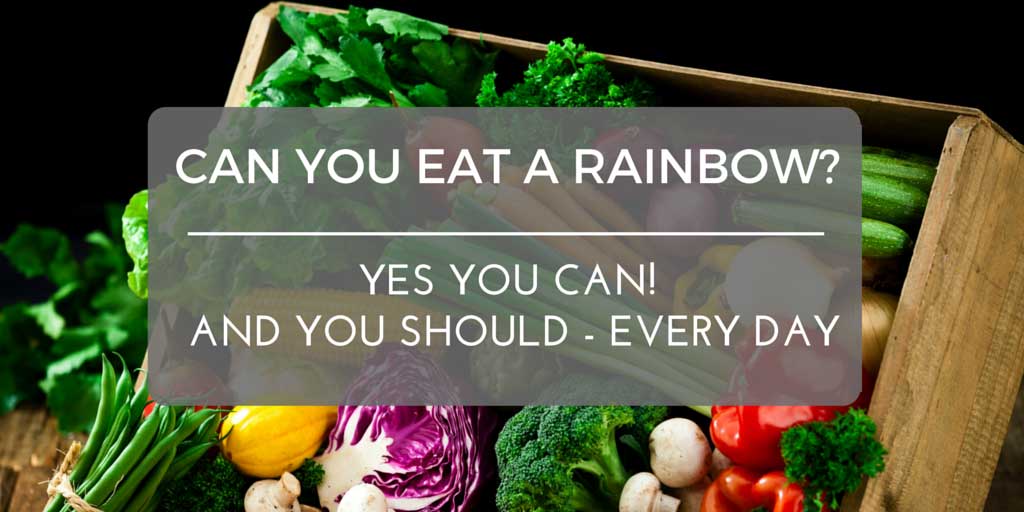Fruit and vegetables fall to five distinct Healthy Colours categories: crimson, purple/blue, orange, green and white/brown. Each colour includes its own set of special disease fighting substances called phytochemicals.
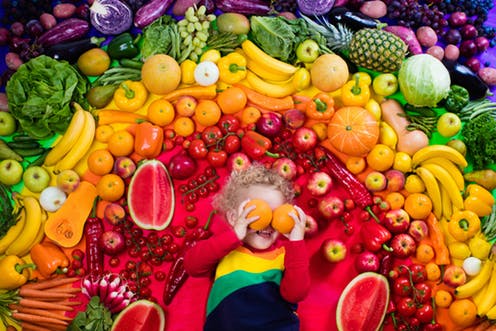
It’s these phytochemicals that provide fruits and vegetables their vivid colour and of course some of their Healthy Colours properties.
What’s in a color?
RED
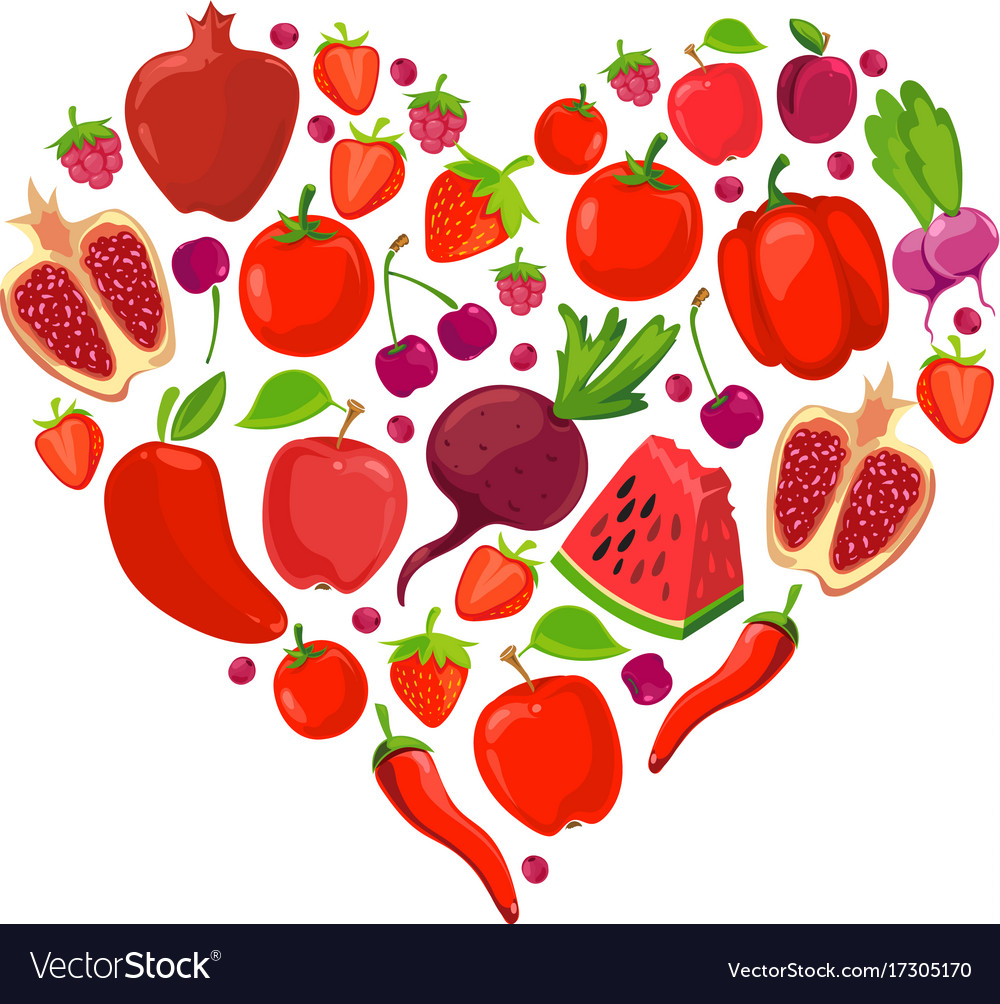
Red fruits and vegetables are coloured by a natural plant pigment called lycopene. Lycopene is a powerful antioxidant that can help lessen the risk of cancer and keep our heart healthy.
PURPLE /BLUE

Vegetarian food icon set with organic fruits and vegetables on white background. PURPLE /BLUE icons collection. Eggplant, coconut icon, cherry fruit, artichoke, figs, garlic icon spices, olive.
The plant pigment anthocyanin is the thing that gives blue/purple fruits and vegetables their unique colour. Anthocyanin also has antioxidant properties that protect cells from damage and will help reduce the risk of stroke, cancer and cardiovascular disease.
ORANGE/YELLOW

Carotenoids provide this group their vibrant ORANGE/YELLOW colour. A well-known carotenoid called Betacarotene can be found in sweet potatoes, pumpkins and carrots. It’s converted to vitamin A, which helps maintain healthy mucous membranes and healthy eyes. Another carotenoid known as lutein is stored at the eye also has been found to prevent cataracts and age-related macular degeneration, which may result in blindness.
GREEN
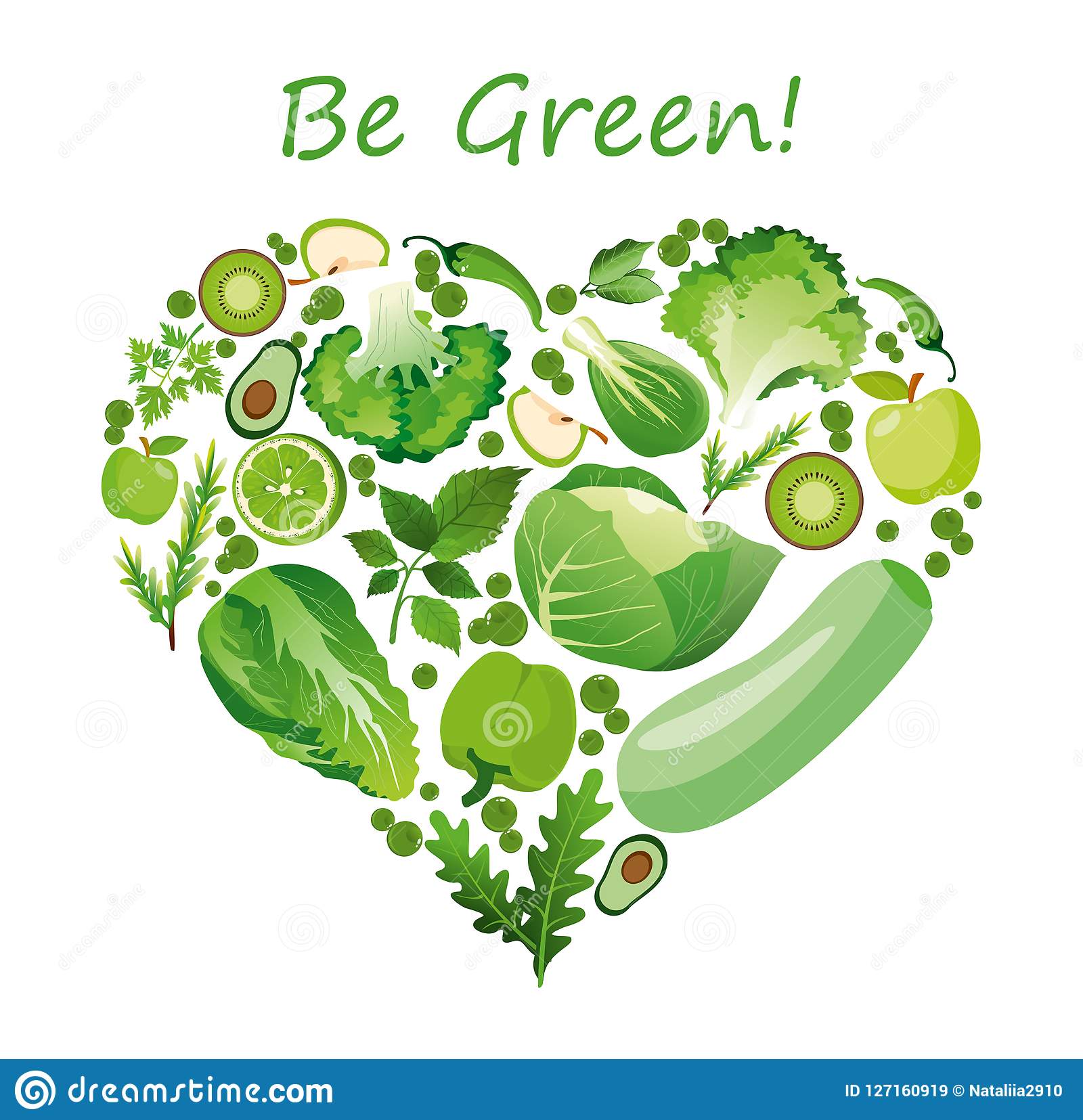
Leafy greens such as broccoli and spinach are also excellent sources of folate. Green vegetables have a range of phytochemicals such as carotenoids, indoles and saponins, all of which have anti-cancer properties.
BROWN/WHITE
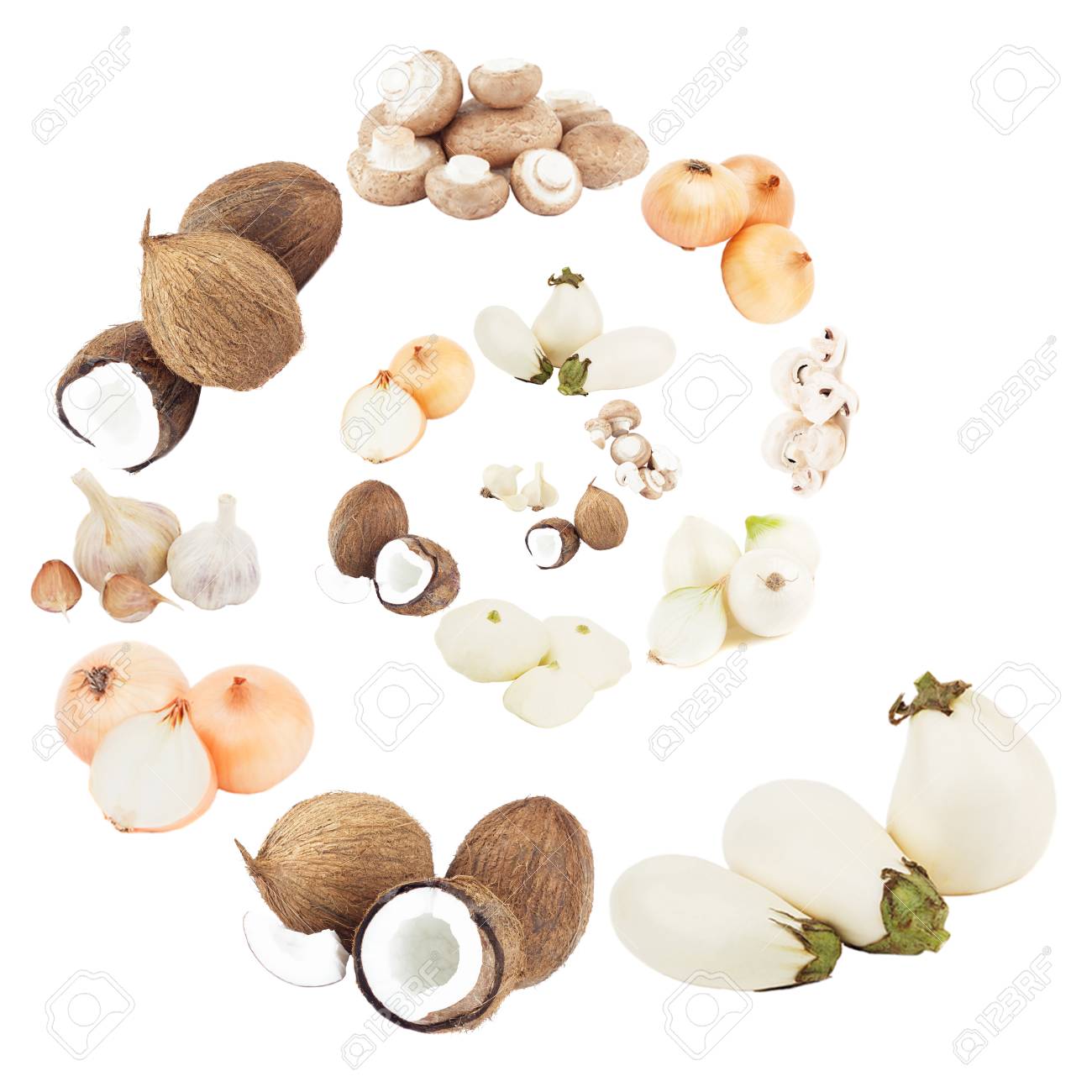
BROWN/WHITE fruits and vegetables contain a selection of health-promoting phytochemicals like allicin (found in garlic) that is known for its antibacterial and antifungal properties. Some members of the white group, like bananas and potatoes, are also a fantastic source of potassium.
Fruit and vegetable colour chart
Offering a Fruit and vegetable colour chart range of colors in children’s food not only looks fantastic but also ensures that children are getting a great variety of nourishment. Here are some healthy ways you can interest children into the marvellous, colourful world of vegetables and fruit:
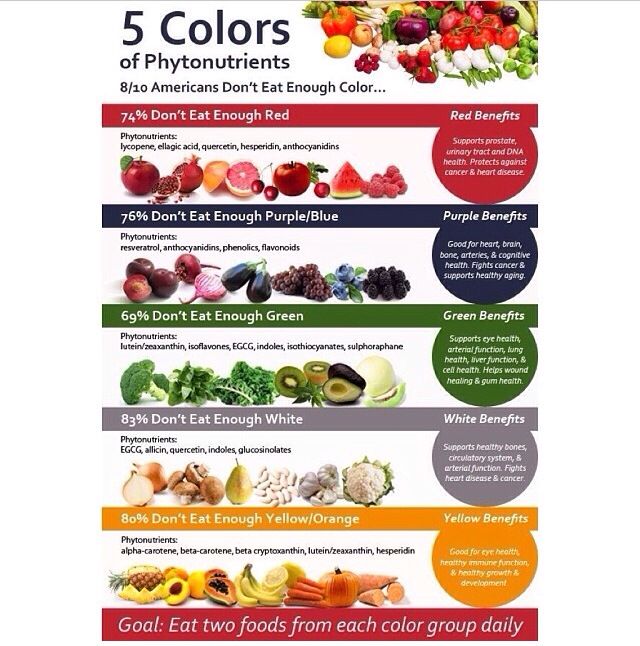
Produce your personal Fruit and Veg Rainbow
A fantastic way to keep track of the colors children eat every day is to produce a fruit and veg
rainbow poster. Every time the children eat a colourful vegetable and fruit they could put a corresponding coloured decal on the rainbow or make them colour in a little segment on the rainbow.
This is also a great activity that parents can do with their kids at home.
Read a book – I can eat a rainbow by Annabel Karmel
I will consume a rainbow teaches children how to eat healthily by enjoying a’rainbow’ of meals, from purple plums to red apples to greens like spinach and celery. Each two-page spread focuses on food of a different colour.
Comments
0 comments
